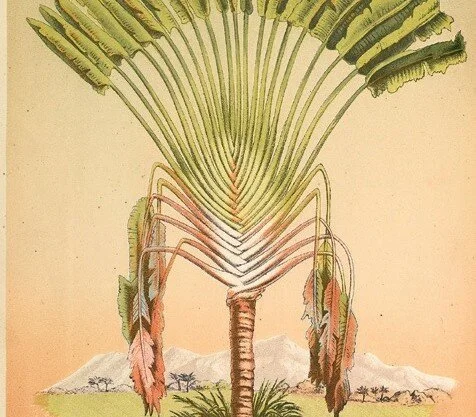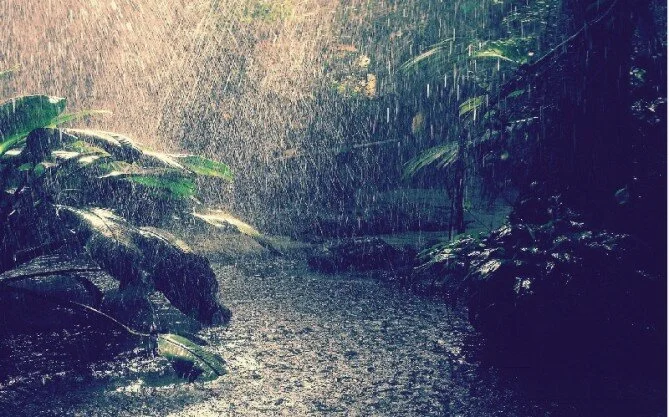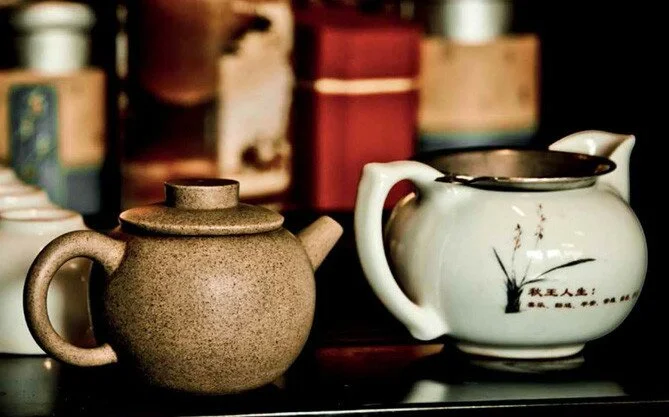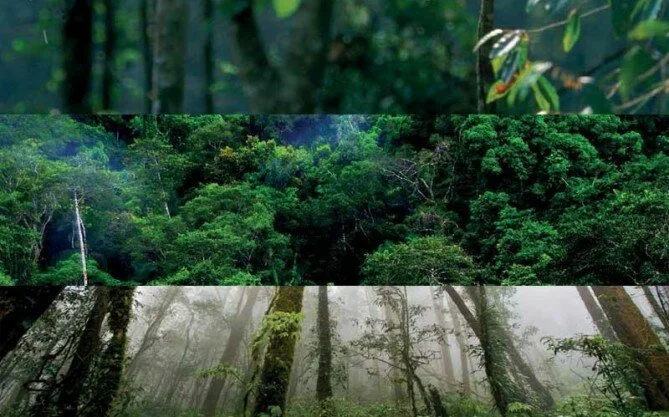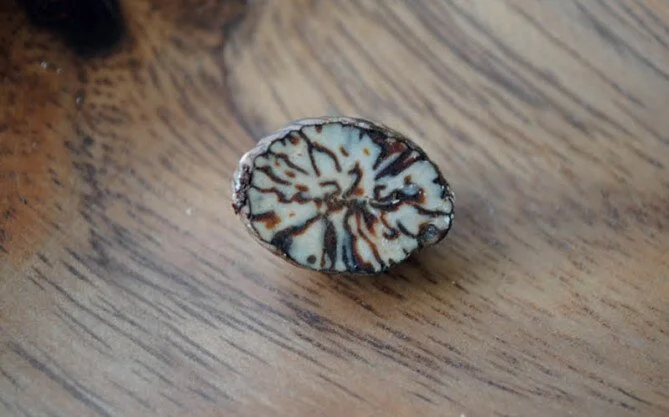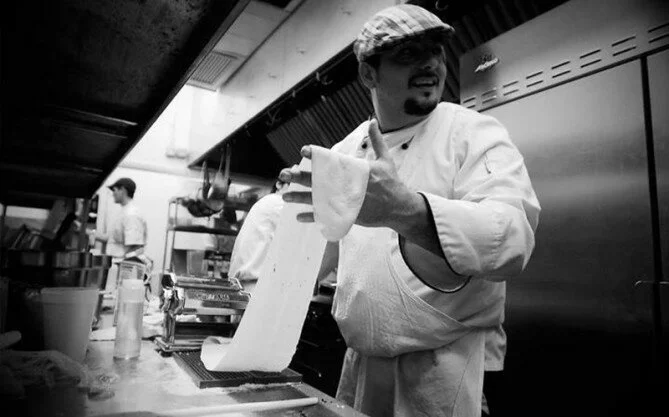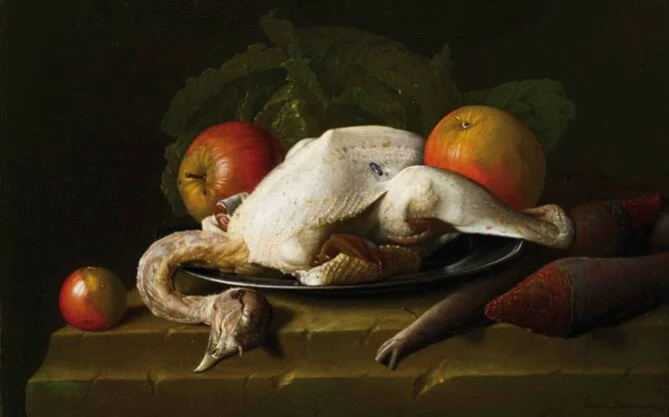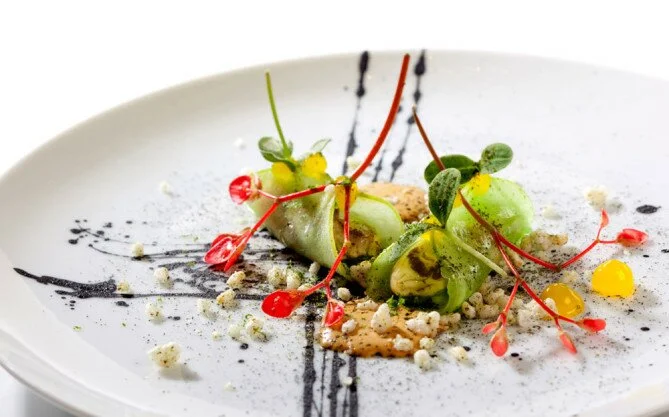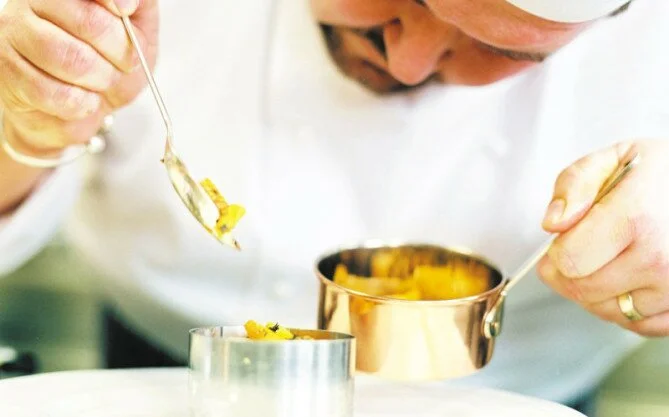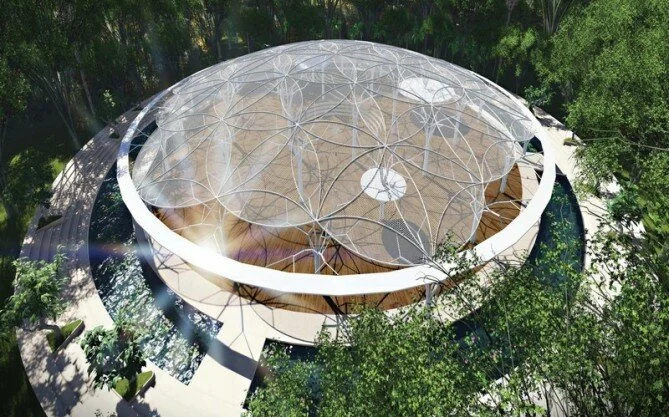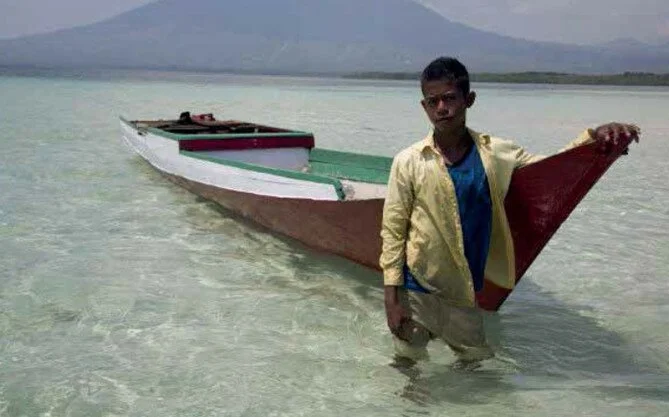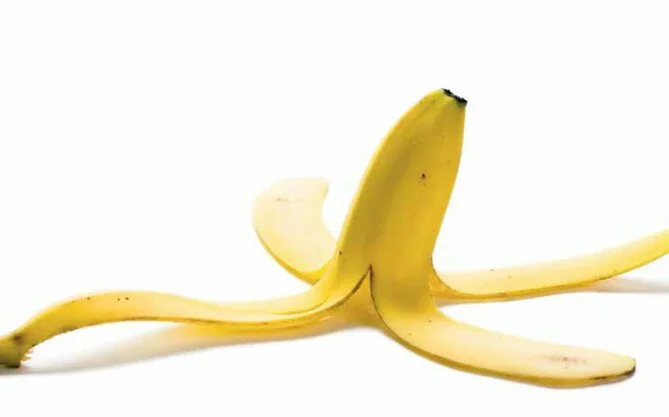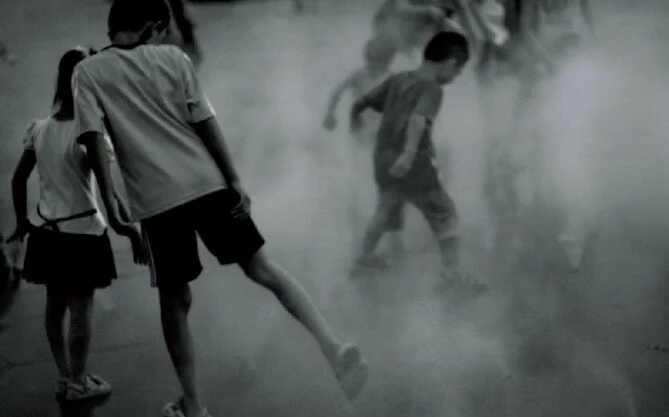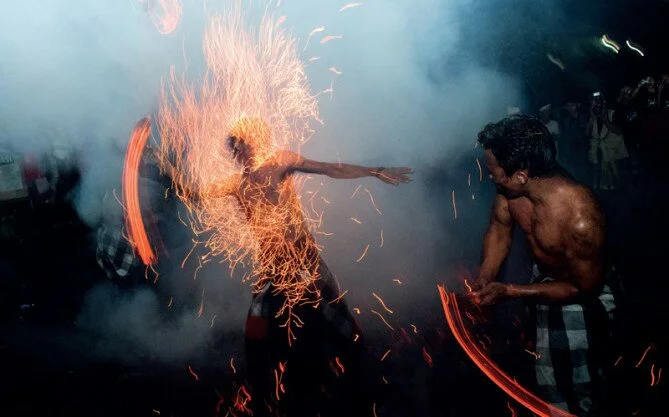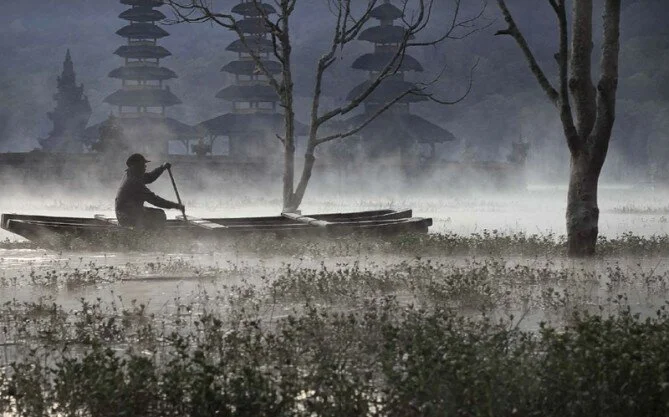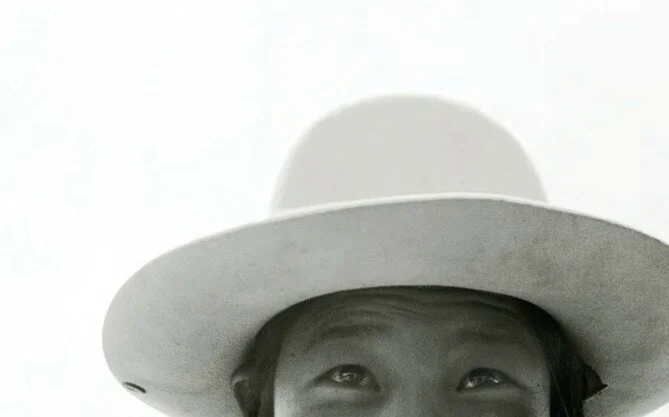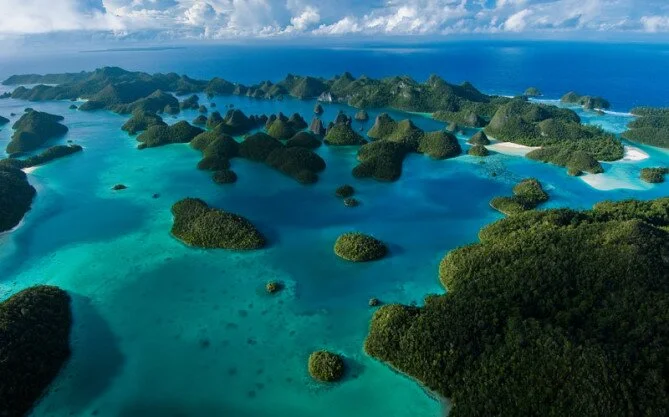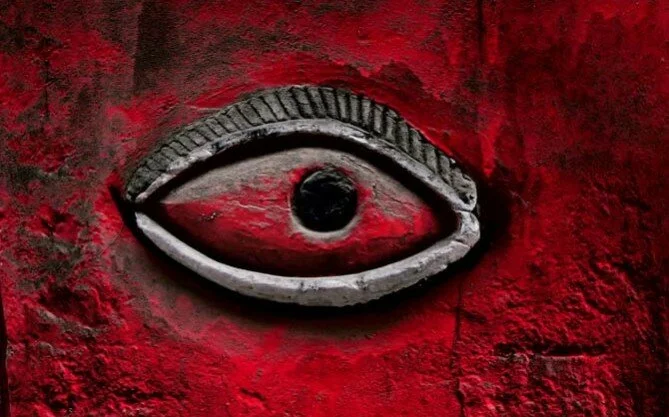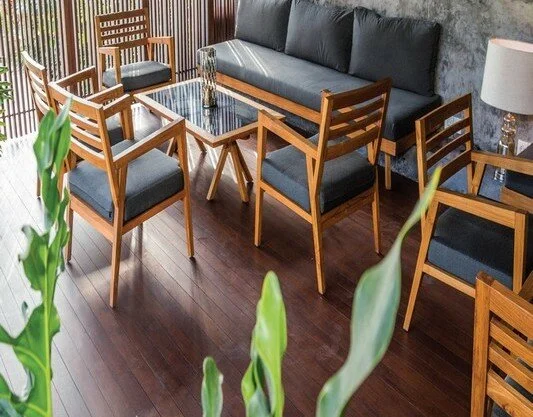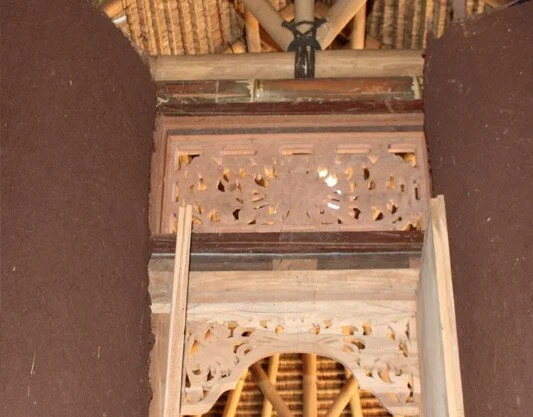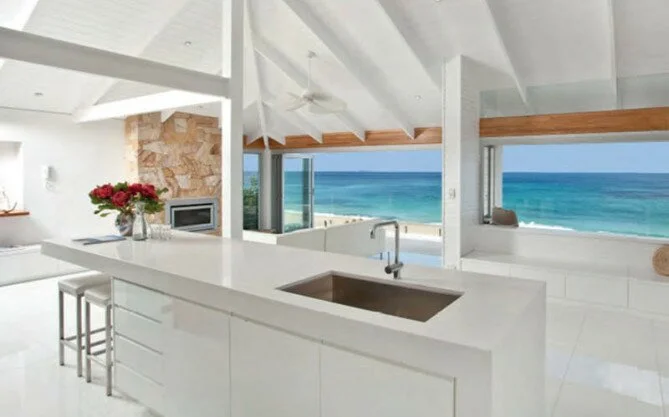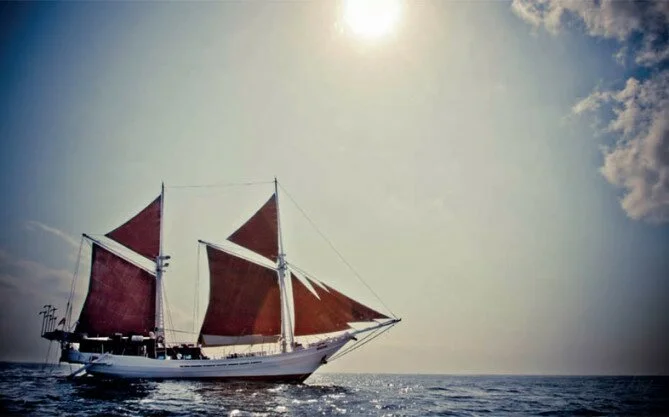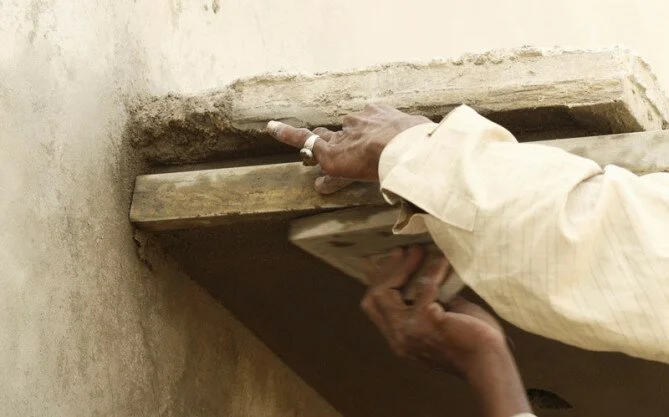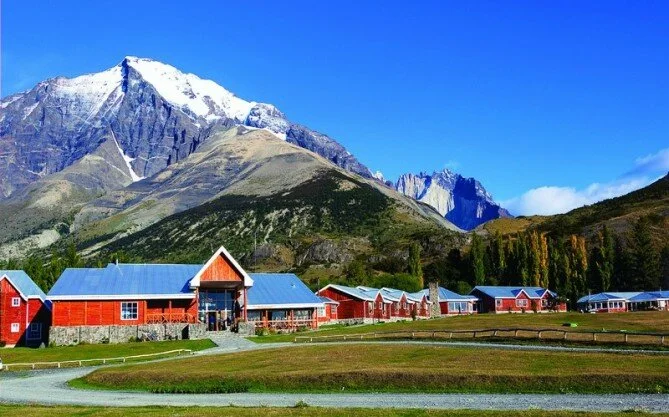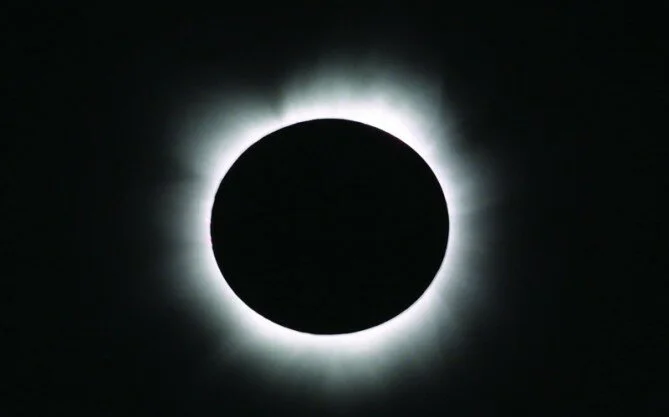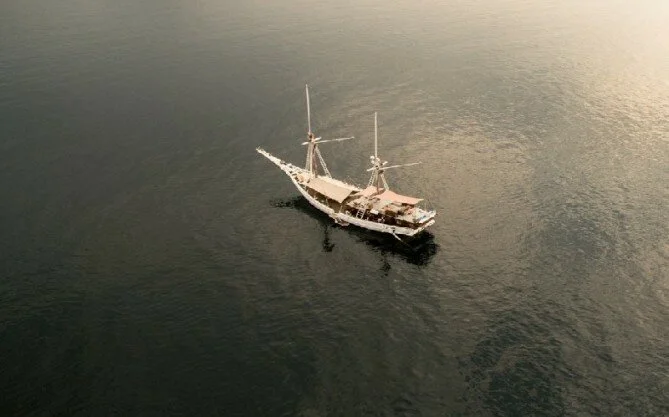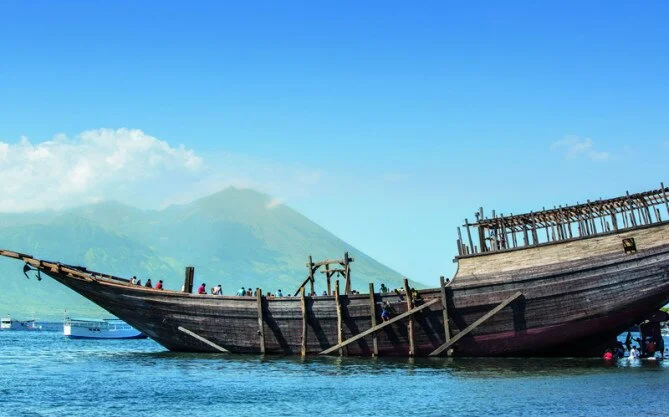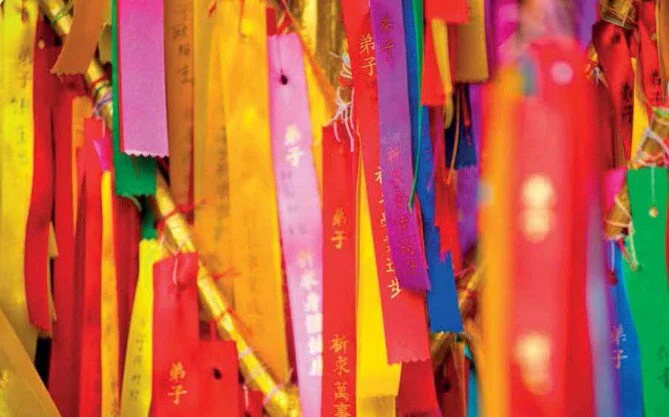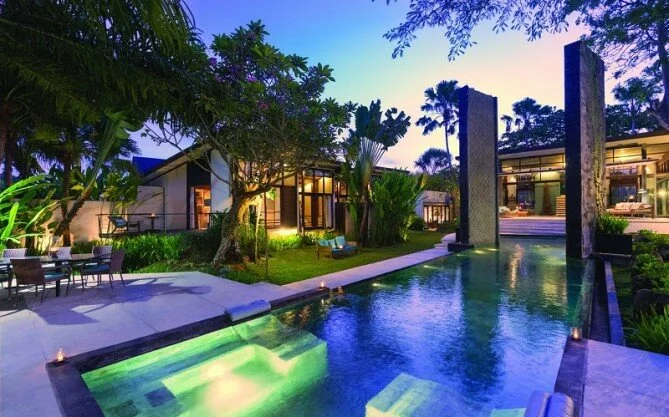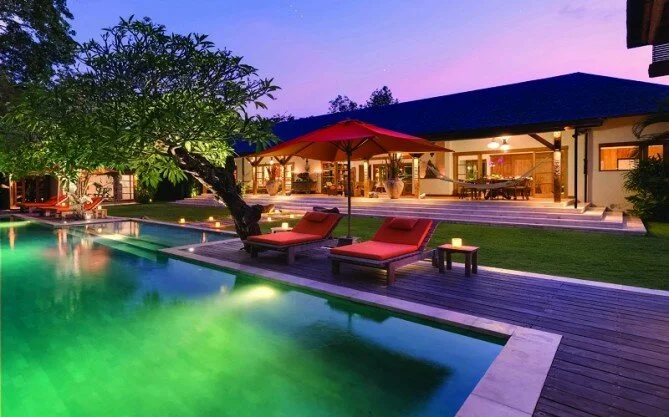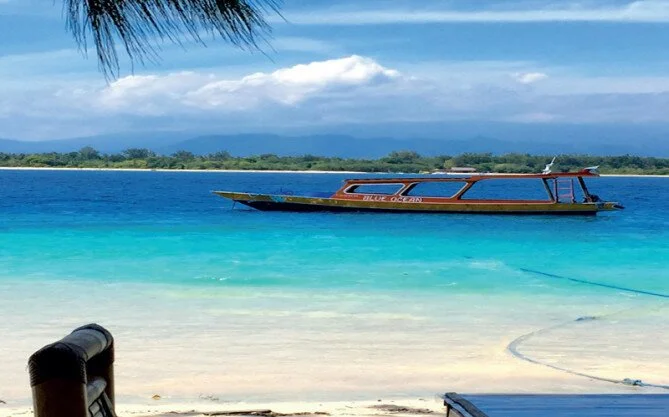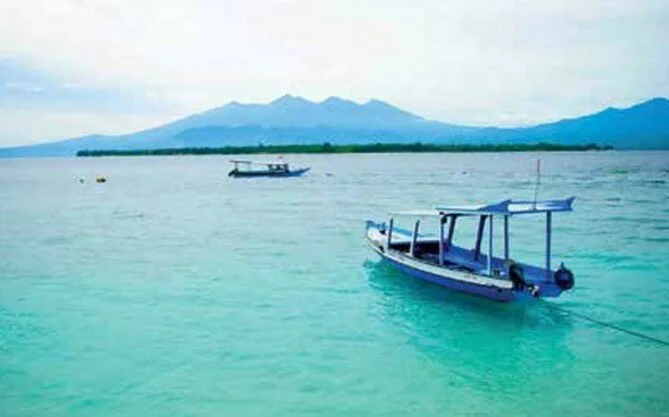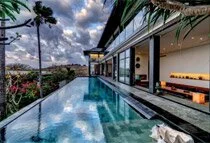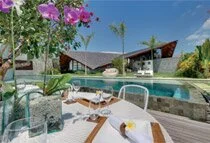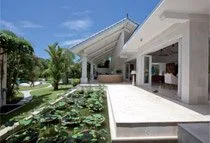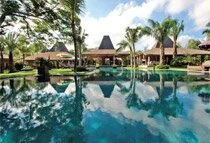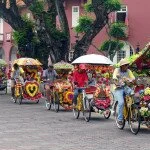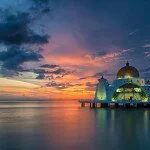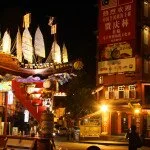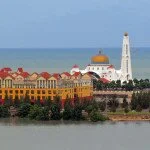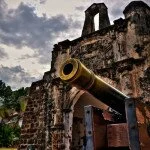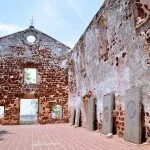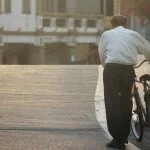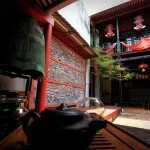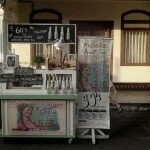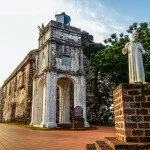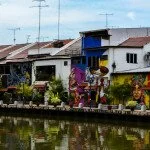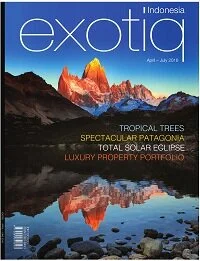For a first-time visitor or for those with only a few days to spare,the historic city of Malacca provides a healthy taste of all that is beautiful and diverse about the history, cuisine and cultures of Malaysia.
Situated two hours south of Kuala Lumpur, the historic city of Malacca was established in 1403 and from the 16th century onwards, it flourished as the region’s foremost maritime centre of trade, due to its strategic location at the choke point of the Straits of Malacca, and the protection its port provided from the monsoon winds. The harbour teemed with the sails and masts of the spice laden vessels of the most lucrative trade in the world making it a destination for Chinese, Arab and Indian traders and immigrants who visited, traded and eventually settled in the city. In 1511, Europe came calling in the grip of a violent spice fever which saw the Portuguese wrest it from the Malays for more than a century before the Dutch took violent control in 1641. This was followed by the British in the 19th century, briefly by the Japanese, and then back to Britain again, until Malaysia gained its independence in 1957.
This long period of to-ing and fro-ing has left an indelible mark upon the city, and it is this that makes it such a fascinating destination. So much so that Malacca is now a UNESCO world heritage site and an intriguing, historical, melting pot of cultures, religions and races, all of which is reflected in the food, its Taoist and Hindu temples, churches and mosques, antique shops and art, Chinese architecture, and reminders of Europe’s colonial powers.
Most notable of these groups are the Peranakan and the Portuguese, whose communities still thrive in and around the city. Malacca is the birthplace of the Peranakan people, descendants of the 15th century Chinese immigrants who settled down and married local Malays. The result is a unique blend of two very diverse cultures and lifestyles, and Peranakan dishes display this in good measure fusing Chinese ingredients with spices and Malay cooking techniques. Consequently, Malaysian and Peranankan restaurants abound, offering spicy seafood and vegetable dishes such as nyonya laksa, a spicy soup of noodles, chilli, prawns and coconut milk.
The Peranekan heritage can be seen in the city’s small but interesting museums, such as the Baba Nyonya Heritage Museum (men are known ‘Baba’ and women as ‘Nyonya’), a restored mansion where you can peer through a peephole in a second-storey fl oor that once allowed residents to see visitors knocking on their front door below.
Malacca is compact enough to see by foot or bike, available for rent at hostels and stores throughout Chinatown, and offers enough activities to fill several days. But by far the most fun way to get around is on one of the flamboyant, multi-coloured, and sometimes-loud trishaws, one of the signature features of Malacca. They convene at Dutch Square and cruise around the busy streets giving rides to tourists. You have to credit the drivers for their clever, fl ashy and facetious creativity, as each decorates his bike with bright plastic flowers, flashing lights, fl ags and souvenirs.
Another great activity is to take a river cruise through the heart of Malacca, from where you will see the best bits of the city, such as the traditional Malay village ‘Kampung Morten’ and the beautiful murals alongside Jonker Walk. Jonker Street, the traditional home of middle-class traders and merchants, is packed with shophouses, only small portions of which can be seen from the road. It is also home to a night market where visitors can eat traditional foods to their heart’s content. Dutch Square was the centre of the city during Dutch Colonial rule and the site of the town hall, known as the Stadhuys, Christ Church, market square and school, the striking red 17th-century buildings that were once the offices of the Dutch governors.
The city is dominated by the strategic St Paul‘s Hill, where you can get a panoramic view of the Malacca Straits and the old town centre. You‘ll see the ruins of St Paul‘s Church and note the intricately decorated 17th century Dutch tombstones that line the interior. The adjacent A‘Famosa fortress was built by the Portuguese in the 1500s and is among the oldest surviving European architectural remains in Asia. After you have done all this, put it into perspective by visiting Menara Taming Sari, a modern rotating tower that offers a panoramic view of the city from 360 feet in the air.
So you see, the rewards of Malacca are great, and much like the traders of old who braved rough seas and certain death to visit the ‘Spiceries’ to seek fame and fortune, for the 21st century traveller there will always be an irresistible pull to return, to experience the food, the culture and the magnificence of a place that was once the crossroads of civilisations.
Thomas Jones

